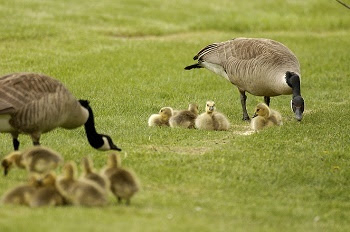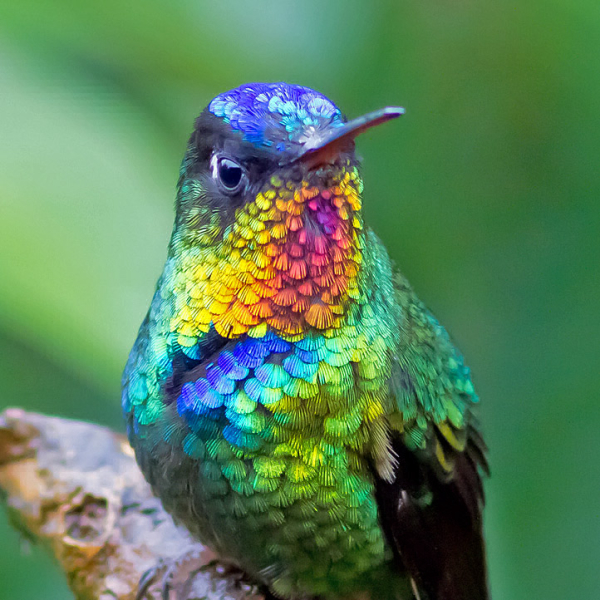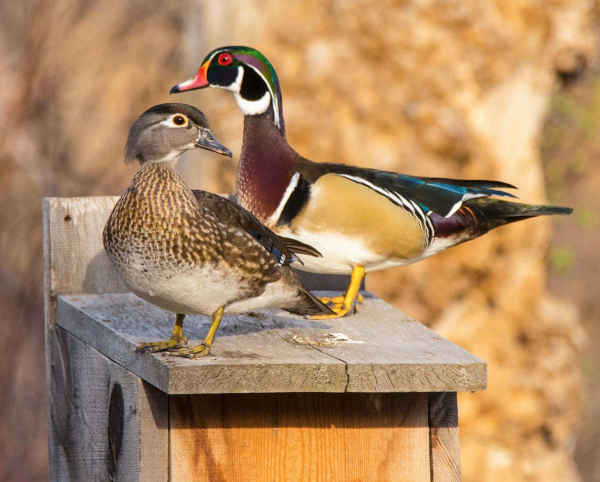Nuisance geese ruffling your feathers?

Canada geese are a common sight on Michigan’s waters. In fact, they nest in every Michigan county, but are most common in the southern third of the state. You may even see and hear Canada geese all year in some parts of the state.
In June and July, these birds often are found on lakes and golf course ponds, feeding on lush lawns while molting – the annual loss of their flight feathers, which takes about two weeks. Canada geese are unable to fly during molting, so putting up a temporary barrier between your yard and the water may help keep flightless geese away from your property. Geese are especially attracted to lawns that are heavily fertilized, watered and mowed.
“If you live on a lake and geese frequently visit your yard, try making your lawn less attractive to them by allowing your grass to grow long and cutting down on fertilizer and water, or try planting shrubs to create a barrier between your lawn and the water,” said Barbara Avers, waterfowl and wetland specialist with the DNR.
Intentionally feeding Canada geese can attract them to the area as well, so don’t – especially if you are having conflicts with geese. Such artificial feeding can make them comfortable around people; it also can increase overcrowding and potentially spread disease among the birds.
“You may also want to use scare tactics to frighten them away without harming them,” said Avers. “Use a combination of loud noises such as shell crackers, bird alarms or bird bangers, distress cries, screamers and electronic noise systems, along with visual deterrents like bird scare balloons, Mylar scare tape and plastic flags.”
Additional information on how to handle conflicts with geese, including population control options that require a permit, is available at Michigan.gov/Wildlife.
Canada goose hunting season dates and bag limits can be found in the current Waterfowl Hunting Digest at Michigan.gov/Waterfowl.
Questions about goose conflicts or goose hunting? Contact the DNR Wildlife Division at 517-284-9453.






